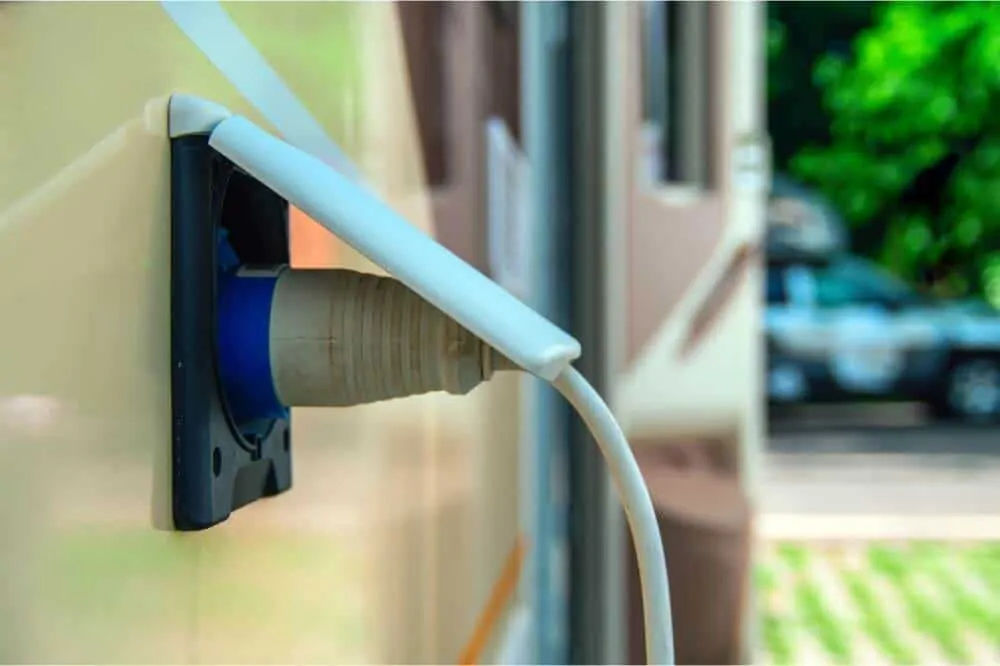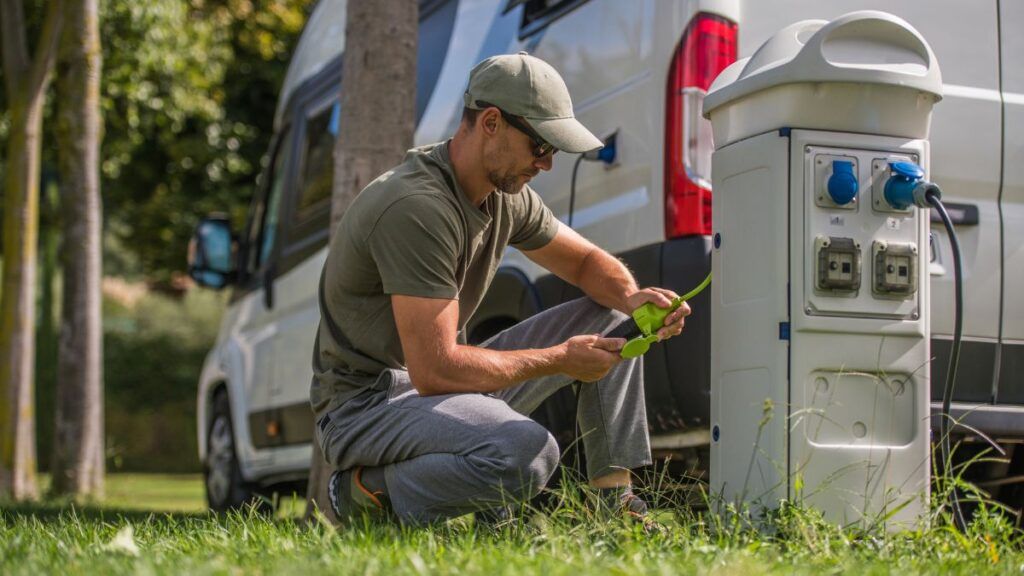In the world of DIY projects, the power to create and innovate often relies on having the right tools and equipment at your disposal. One such essential tool in the DIY enthusiast’s arsenal is the 30 Amp plug. These connectors provide the electrical muscle needed to power a wide range of high-demand devices and machinery, making them a must-know for anyone looking to embark on electrical projects. In this comprehensive guide, we will unravel the world of 30 Amp plugs, exploring their types, safety considerations, tools required, wiring techniques, applications, troubleshooting tips, adapters, regulations, and much more.
Introduction to 30 Amp Plugs in DIY Projects

Source: brentekcomputer.com
30 Amp plugs are robust electrical connectors that deliver a substantial amount of power. They are commonly used in DIY projects where heavy-duty electrical appliances and tools are involved. These plugs are designed to handle electrical current, which makes them ideal for applications such as RVs, workshops, and outdoor power sources. Whether you’re setting up a workshop or planning to hit the road in your RV, understanding them is crucial for ensuring a reliable power supply.
Different Types Explained
They come in various types, each designed for specific applications. The most common types include the NEMA TT-30, NEMA L5-30, and NEMA L6-30. The NEMA TT-30 is often found on RVs, while the NEMA L5-30 and L6-30 are used for industrial equipment and high-power tools. Understanding these types is vital because they dictate the plug and receptacle compatibility, ensuring a secure and efficient connection.
Safety Considerations When Working
Safety should always be a top priority when working with electrical components, and 30 Amp plugs are no exception. Before tackling any DIY project involving these plugs, it’s crucial to understand and adhere to safety guidelines. Some key safety considerations include wearing appropriate protective gear, turning off the power source when connecting or disconnecting plugs, and regularly inspecting plugs for damage.
Tools and Equipment Needed for Projects
To successfully work with 30 Amp plugs, you’ll need a set of specific tools and equipment. These include wire strippers, wire connectors, electrical tape, a voltage tester, and a screwdriver. Investing in high-quality tools ensures precision and reliability in your DIY projects.
Step-by-Step Guide for Wiring a 30 Amp Plug
Wiring a 30 Amp plug may seem daunting at first, but with the right guidance, it becomes manageable. A typical one has three prongs: two hot wires and a ground wire. Following a step-by-step guide that includes proper wire stripping, connection, and secure mounting will help ensure a safe and functional electrical connection.
Common DIY Applications

Source: hammon.no
Because of their powerful power supply capabilities, 30 Amp plugs are widely used in a range of typical DIY applications. One of the most common uses is in recreational vehicles (RVs), where they power appliances, lights, and air conditioning. They power heavy-duty machines like table saws, welders, and compressors in workshops and garages, making woodworking and metalworking operations easier. These connectors are frequently used by outdoor enthusiasts to put up temporary power sources during camping vacations or outdoor activities. They are also required for charging electric vehicles, hot tubs, and home generators. Understanding these numerous uses enables DIY enthusiasts to take on a variety of tasks with confidence, knowing they have a dependable power supply at their disposal.
Troubleshooting Tips
Troubleshooting 30 Amp plug issues is a skill every DIY enthusiast should possess. When faced with problems like intermittent power, overheating, or complete failure, a systematic approach can save the day. Start by checking for loose connections or frayed wires, ensuring all connections are secure. Use a voltage tester to confirm if power is reaching the plug and receptacle. If the issue persists, inspect the circuit breaker or fuse box for tripped breakers or blown fuses. Regular maintenance, such as cleaning and tightening connections, can prevent many issues from arising. When all else fails, consult an electrician to diagnose and resolve more complex problems, ensuring the safety and functionality of your electrical system.
Adapters and Converters
Adapters and converters play a crucial role in expanding the usability of 30-amp plugs. Adapters allow you to connect them to different types of outlets, ensuring compatibility in various situations. For instance, you can use an adapter to connect your RV’s 30 Amp stopper to a standard household outlet when camping at a site without dedicated RV hookups. Converters, on the other hand, are valuable when you need to step up or down the voltage, making it possible to use your 30-amp pin with devices designed for different voltage levels. These versatile accessories enhance the flexibility of your electrical setup, making it adaptable to diverse DIY needs.
Comparing 30 Amp Plugs to Other Power Connectors
While 30 Amp plugs are powerful, they are just one type of electrical connector. Comparing them to other connectors, such as 15 Amp pins or twist-lock connectors, can help you make informed decisions about which type is best suited for your DIY projects. Factors like amperage, voltage, and environmental conditions should be considered when making these comparisons.
Regulations and Codes Related to 30 Amp Plug Installations

Source: rvlifestyle.com
Electrical installations must comply with local regulations and codes to ensure safety and reliability. Understanding the rules governing installations in your area is crucial to avoid legal issues and ensure the safety of your DIY projects. Always consult with a qualified electrician or local authorities when in doubt.
Conclusion and Tips for Successful DIY Projects
In conclusion, 30 Amp plugs are the backbone of many DIY projects, providing the power needed to bring your creative ideas to life. By familiarizing yourself with the different types, safety considerations, tools, wiring techniques, applications, troubleshooting tips, adapters, and regulations, and comparing them to other connectors, you’ll be well-equipped for any DIY endeavor involving these pins. Remember, safety should always be your top priority, and when in doubt, seek professional guidance. With the knowledge and skills acquired from this guide, you’re on your way to becoming a DIY enthusiast who can tackle any project with confidence and competence. Happy DIYing!



